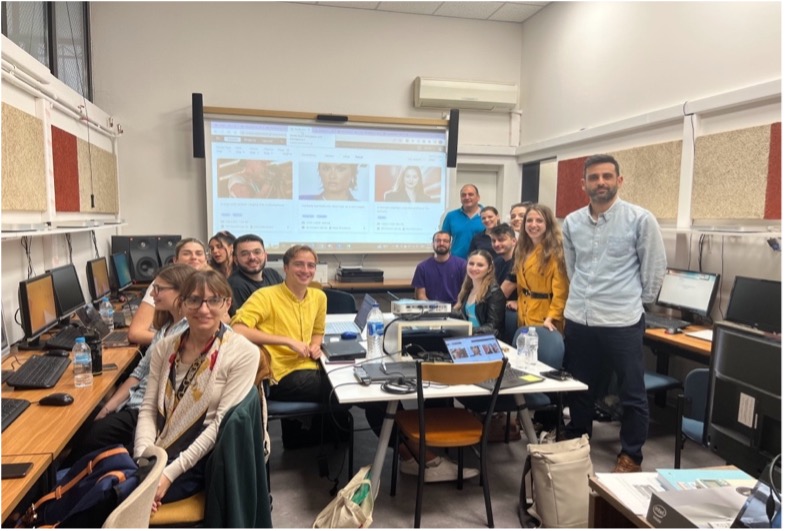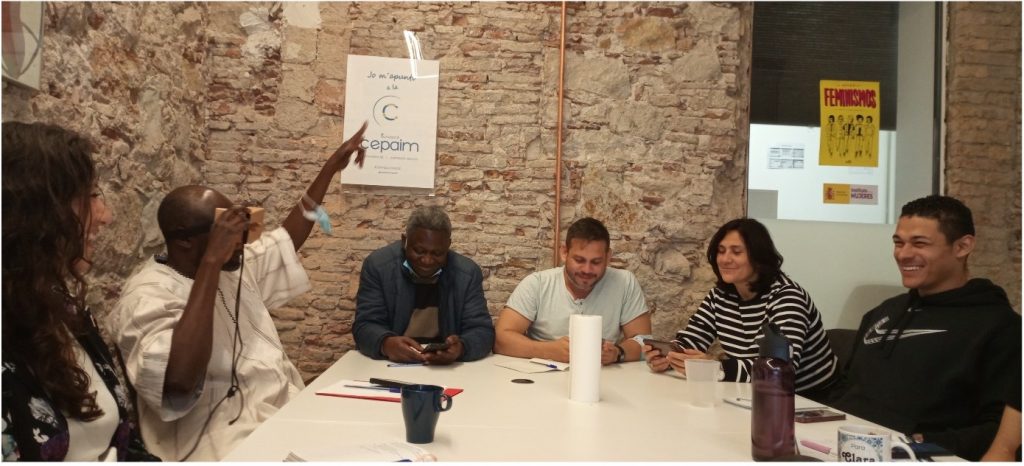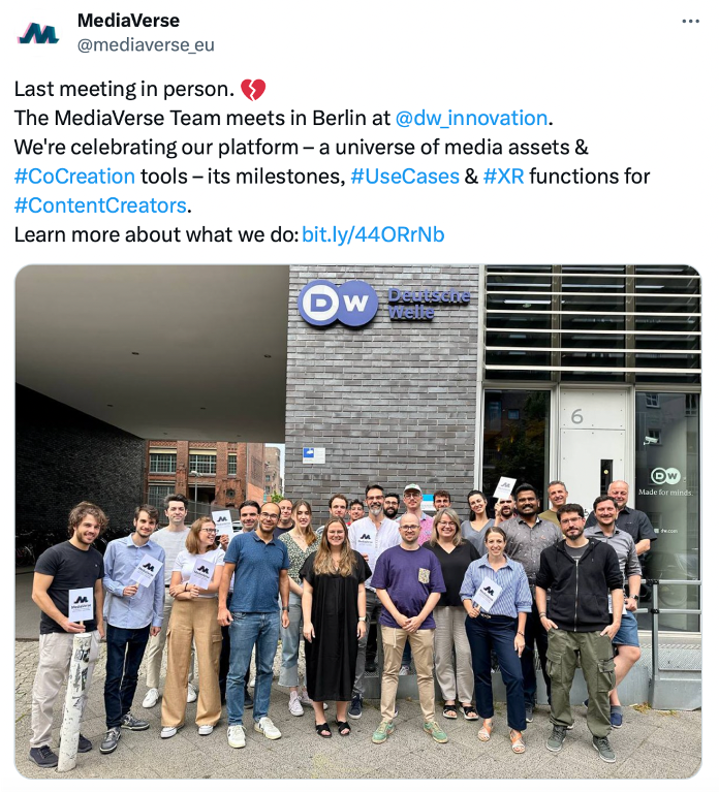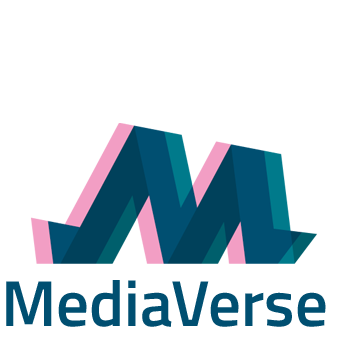The bad news first: As of October 2023, the MediaVerse project has officially come to an end. The good news: This does not mean that we will drop off the grid. You can still use our tools, browse insightful research papers, numerous presentations held at international conferences and watch our videos, to name a few.
Need to refresh your memory on what MediaVerse does? Watch the clip below:
We look back on three years of researching, developing and learning
We have created a space that allows professional and amateur creators to upload photos and videos to a decentralized platform that currently spans four countries. This means that every single creator on our platform has control over their own content, can share it with others, and has full ownership. Our media licensing framework is unique and offers powerful tools for managing media rights both individually and collectively.
Our media experts and use case partners loved working with the MediaVerse platform. Its many components, such as MAAM, are already being used and will be further extended by other projects. MAAM, which stands for Media Asset Annotation and Management, is an easy-to-use web-based tool that helps you collect, manage, and annotate your images and videos leveraging the latest AI technology. You can read our blogpost to find out more.
In terms of AI-powered media management, we have made several breakthroughs including a new method for compressing media annotation models, a method for meme detection, an improved video similarity learning method, and a new approach for refining content moderation models, among others. All in all, we feel that our work has contributed to the state-of-the-art and the practice of AI-based media management.

Immersive Authoring Tools
Part of our platform is the Virtual Reality (VR) authoring tool VRodos by CERTH. It can be used to create 3D scenes in VR. Fader, on the other hand, our 360° authoring tool made by Vragments, helps creators produce high-quality, interactive 360° experiences – without any programming knowledge at all. It is already being used in newsrooms, e.g., at Euronews. Both Fader and VRodos were improved significantly during the MediaVerse project. For instance, our partners have enabled subtitling of immersive 360° experiences in Fader. Learn more about all the tools developed in MediaVerse here.
The MediaVerse Use Cases
The capabilities of our platform, its tools and technologies needed to be tested in real scenarios. Hence, three use cases were developed that reached over 2,600 end-users in total and produced content in multiple languages (i.e., Catalan, English, German, Romansh, Spanish, and Portuguese).
1. Our partners at SWISS TXT developed an app for citizen journalism and integrated it with the MediaVerse platform. If you want to learn more about what a citizen journalist does (spoiler: you could become one, too!) or what this use case is about, read our blogpost or watch this video.
2. UAB (Universitat Autònoma de Barcelona) launched a total of five pilot projects, all focused on the co-creation of 360° content with a social perspective. The topics range from children in socio-economically vulnerable situations co-creating content to enhance their creative skills, to 360° tours of reception homes for refugees in Barcelona. You can learn all about the projects in numerous blogposts and in this video. Everyone who worked on the pilot projects was inspired by the idea of using new and immersive storytelling techniques to raise awareness about social inclusion.

3. Finally, MediaVerse branched out into the art world with Artshare’s use case. Here, the creation of deepfakes and their possible social impact were explored by Portuguese artists and experts in the field of digital technology. The experiments showed how very different the online world can be from ‘reality’ and how important it is to study interactions between AI and humans. It was also demonstrated how MediaVerse can act as a hub for new artists, either by using the immersive authoring tools or simply by guaranteeing ownership of your art. You can watch this video to learn more about this use case.
A special mention goes to the CARINA network, supported by our UAB partners with the help of Fader and MediaVerse. The network provides fundraising support, personal development opportunities and professional guidance to women who have worked or are working in the humanitarian aid sector in Afghanistan. A 360° experience was created to showcase CARINA. In doing so, MediaVerse was used as a decentralized platform that provides a degree of protection that other platforms do not, e.g., when it comes to tracking the location of the Afghan women.
It is also worth noting that MediaVerse partners CERTH and DW have created a variety of AI filters that are meant to protect people working with gruesome and potentially triggering imagery. The filters reduce the gravity of the impact and act as an “early warning system”. This is especially helpful for journalists or human rights abuse investigators that deal with images from wars, natural disasters and so on. You can find out more about our study here.
A Thank You
We have to say a BIG Thank You to all of our partners, use case participants and everyone involved in MediaVerse. We could not have imagined a better collaboration.
So, to tweak the words of Nelly Furtado, all good projects must come to an end – but not really. In many ways, MediaVerse will continue to be there for you. Our posts and papers are still there to read, our tools to use freely and many people behind the project will continue working and evolving the MediaVerse technology. If you are interested in picking up our results or exploring collaboration opportunities, we’d love to hear from you!

Follow us on
You can contact us via this form if you are interested in the project or its resources.

